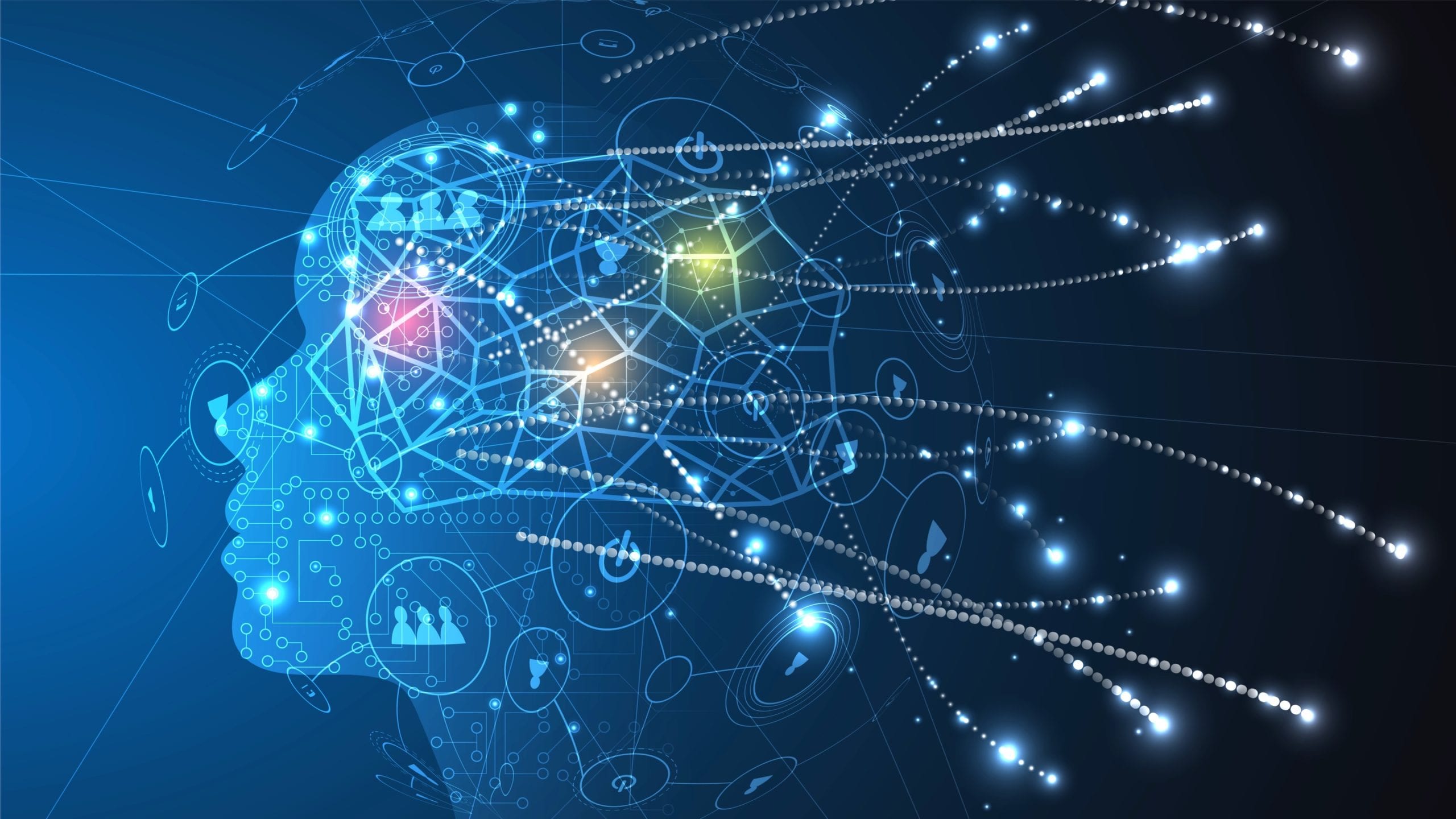Color-blindness. Left-handedness. Dyslexia. Autism. These are all different ways in which the brain is rewired differently than the norm. But Heather Heying, evolutionary biologist and former Professor at Evergreen State College, is saying that these so-called differences are really strengths. For example, she relays us a story about her autistic students being far more adept at spotting social dynamics emerging in the classroom, long before non-autistic students. And left-handed people are often way more creative than their righty counterparts. Evolution might suggest that we need these differences to be stronger as a whole. Be sure to follow Heather on twitter: @HeatherEHeying and through her website, heatherheying.com. Heather is brought to you today by Amway. Amway believes that diversity and inclusion are essential to the growth and prosperity of today’s companies. When woven into every aspect of the talent life cycle, companies committed to diversity and inclusion are the best equipped to innovate, improve brand image, and drive performance.
Heather Heying: Neurodiversity is a pretty new term, and I’m grateful—very grateful for it.
It gets to something that is absolutely real and has been hard to discuss before it existed.
That said, I’m not sure I have a perfect definition. It recognizes a fact that we are not singular, that we are not all identical, that we have a variation of brains, of connectivity, of aptitudes, of weaknesses, of blind spots, and of sensitivities, and of capabilities.
People on the autism spectrum who are very functional, in my experience, tend to have extraordinary analytical skills and also often, actually, insight into social interactions so long as they’re not the ones participating.
And so you have, I’ve had a number of autistic students actually point out to me dynamics that were emerging in classrooms that I hadn’t yet seen, and once they were pointed out I could see, and these are the same students who have a very hard time recognizing when it is or is not time to speak or get up or walk through the middle of the classroom and such.
There are a number of ways to be neurodiverse.
We have names for some conditions that actually represent ends of continuum.
Dyslexia is a big one. These are going to sound like they’re coming out of left field, but color blindness, left-handedness... in each of those cases being what in evolutionary biology we call the non-dominant phenotype.
Sorry. I’m a lefty. That’s the one of those that I belong to as a group. And about ten percent of people across all cultures (that have been studied) are left-handed. It’s a persistent, stable, rare phenotype, which suggests that it’s adaptive, that it’s persistent, it’s complex, and it provides the different wiring of the brain associated with being a left-hander provides benefit in the social group in which left-handers show up.
I mean we can put together analyses for why being a left-hander might allow you to approach a physical problem differently than a right-hander would have a harder time solving, but the different wiring of the brain allows for different approaches as well.
Similarly with color blindness that it might be really easy to say, “Well, okay, that just is going to give you some ability to see past color and to see patterns that aren’t color based,” perhaps, but I suspect that there’s wiring in the brain that is associated with color blindness that also allows for enhanced abilities that are different from those who are color-sighted.
Dyslexia for sure. Dyslexia is obviously a very modern condition because writing is a very modern condition. So as an evolutionary biologist when I say modern I mean thousands of years. So dyslexia is modern in terms of thousands of years, and language was always about sound and never about writing until recently, and so the lessened ability—it’s almost never an inability, but the lessened ability—to process written symbols into meaning in your head looks to me like it’s a trade-off relationship with the ability to engage in real time and speech. And that’s not to say that all of us can’t learn through practice to be better at any number of these skills, but that being born with what the world is calling a deficit is almost always going to exist in a trade-off relationship with some often hidden strength.




